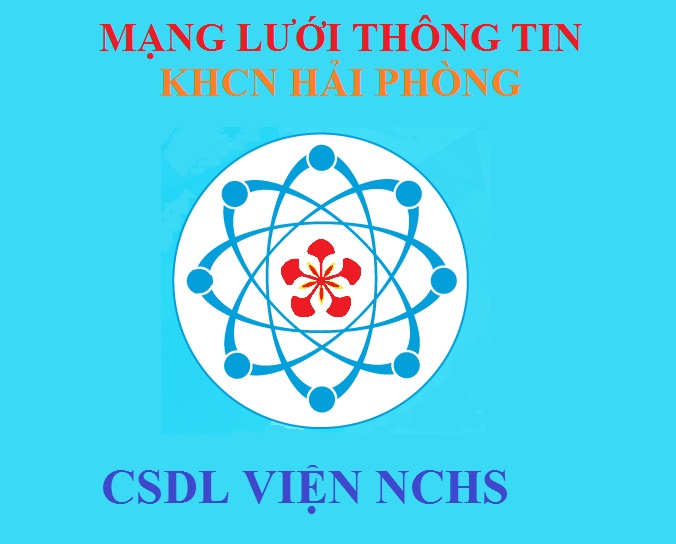General Information
Author: Nguyễn Thị Kim Vân, Nguyễn Phúc Cẩm TúIssued date: 12/11/2020
Issued by: Tạp chí Nông nghiệp và Phát triển nông thôn
Content
TÓM TẮT
Thí nghiệm nuôi ghép cá măng với tôm sú được triển khai trên 4 ao nuôi tại xã Hiệp Thạnh Duyên Hải -Trà Vinh, gồm 2 ao nuôi đơn với mật độ tôm sú 20 con/m2 và 2 ao nuôi ghép có mật độ tôm sú 20 con/m2 ghép với cá măng 1 con/2m2. Các yếu tố môi trường nước được theo dõi hàng ngày gồm nhiệt độ, pH, oxy hòa tan, độ kiềm, độ trong và định kỳ 10 ngày/lần thu mẫu phân tích hàm lượng ammonia tổng số, hydrogen sulphide, lân hòa tan, tổng đạm trong nước, mật độ tảo, độ trong và tổng số Vibrio sp. trong nước.
Kết quả nghiên cứu cho thấy sau 150 ngày nuôi (lặp lại 2 lần) ở các ao nuôi ghép cá măng – tôm sú có mật độ tảo thấp và ổn định, hạn chế được tảo lam, cải thiện chất lượng nước. Các chỉ số môi trường nước như độ pH, độ trong, hàm lượng ammonia tổng số, hydrogen sulphide, lân hòa tan, tổng đạm và tổng số Vibrio sp. trong nước ở các ao nuôi ghép có giá trị thấp hơn so với các ao nuôi đơn và không có sự biến động bất lợi đến tỷ lệ sống và sinh trưởng của tôm. Ao nuôi ghép có tỷ lệ sống đạt 65 - 98,2 %, năng suất đạt 7.202 – 8.514kg/ha (cỡ tôm 43,5 -55,4g/con) cao hơn ao nuôi đơn có tỷ lệ sống đạt 60 - 82%, năng suất đạt 3.260 - 6.063 (cỡ tôm27,2 - 40 g/con).
Từ khóa: Cá măng, chất lượng nước, nuôi ghép, tôm sú.
ABSTRACT
A trial on the polyculture of milkfish and black tiger shrimp was implemented in four earthen ponds at Hiep Thanh Commune, Duyen Hai District, Tra Vinh Province . These include two monoculture ponds were stocked the shrimp post-larvae (PLs) at a density of 20 PLs.m-2and two polyculture ponds were stocked the shrimp post-larvae (PLs) at a density of 20 PLs.m-2+ milkfish juveniles stocked at densities of 1 fish per 2 m2. Water quality parameters (temperature, pH, dissolved oxygen, alkanility), ammonia nitrogen, total Kjeldahl nitrogen, hydrogen sulphide, phosphorus, algae density, transparency and total Vibrio count in pond water were evaluated.
The results of experiments showed that after 150 days of culture (repeated 2 times) in the polyculture pons, the density of algae were low and stable, cyanobacteria limited and water quality were improved. The water quality parameters in the ponds including values of pH, transparency and concentrations of total ammonia nitrogen, total Kjeldahl nitrogen, hydrogen sulphide, phosphorus and Vibrio sp. polyculture trial were lower than those in the monoculture trial and there was no adverse fluction on growth and survival of shrimp. So the polyculture ponds have a survival of shrimp rate of 65 - 98.2%, corresponding to the yield of 7,202 - 8,514 kg/ha (shrimp size 43.5 -55.4g /ind) higher than the monoculture ponds with the survival of shrimp rate 60 - 82% corresponding to yield 3,260 - 6,06 kg/ha (shrimp size 27.2 - 40 g/ind).
Key word: black tiger shrimp, milkfish, polyculture, water quality
Download













